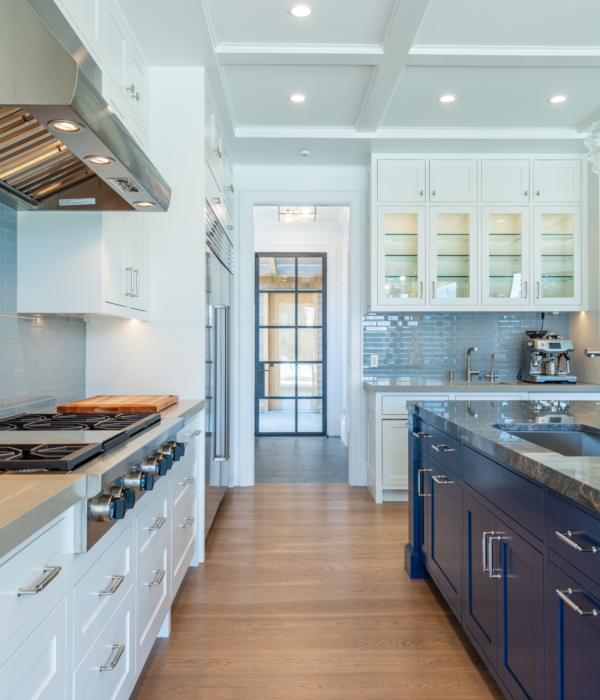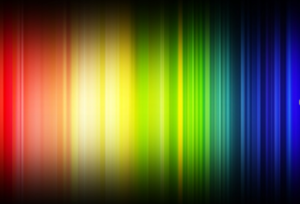
Colors are a key element of any design space and have a lasting effect when utilized in various spaces of your home. Read on to learn more about color and its impact in your home!
Color comes from light sources that we are able to see through our color receptors (our eyes). Color light waves are organized into the order of their wave length. The pattern that results is what we see as a rainbow – this pattern is known as the color spectrum.

Color Categories
Colors of the color spectrum are organized into different categories: primary colors, secondary colors, and tertiary/intermediate colors.
Primary Colors and Secondary Colors
Primary colors are red, blue, and yellow. The reason why they are considered to be primary colors is because they can’t be made from mixing other colors, but they can be mixed to make almost all other colors. Secondary colors are the colors that result from mixing two of the primary colors together. They include green, orange, and purple.
Tertiary/Intermediate Colors
Tertiary/Intermediate colors are made from mixing a primary color with one of its two adjacent secondary colors, meaning one of the colors that is next to a primary color on the color spectrum. Every primary color has two secondary colors that can be mixed together to produce a tertiary/intermediate color.
Colors Differ Based on Their Properties:
-Hue: Hue refers to any of the pure spectrum colors that appear in the color spectrum.
-Value: The darkness or lightness of a color – this can be altered by adding black or white. Dark values of color are often referred to as shades, and light values of color and referred to as tints.
-Intensity: Intensity refers to the brightness or dullness of a color. High-intensity colors have pure hues, and low-intensity colors have dull hues.
-Warm colors: Warm colors include hues of red, yellow, and orange
-Cool colors: Cool colors include blue, violet, and green hues
The Impact of Colors in A Space
Utilizing different colors in your space can create a lasting impression as each can evoke a different emotional and mental response. Therefore, it is important to reflect on the effect of each color so that you can decide what kind of mood you want to create in your space.
-Red and orange are warm, powerful hues that can invoke feelings of energy, passion, and excitement.
-Yellow is another warm hue that can create a strong optimistic, cheerful, and energetic feeling in a space. Because the impact of yellow is very powerful, it is best not to overwhelm a space with this color.
-Cool hues of green and brown often remind us of Earth and nature, and can be used to evoke feelings of peace, refreshment, and balance.
-Blue is a cool color, reminding many of water, peace, and elegance. When used in a space it can evoke feelings of calm and serenity.
-White often evokes feelings of cleanliness, sophistication and simplicity.
-Black and dark values of purple can incur feelings of drama, glamour, and sophistication. In turn, lighter values of purple can bring serenity and tranquility to a space.
These colors and the effect they have on those who view them can be altered by modifying the properties of those colors, or incorporating other colors that either contrast with or complement them. Color values and intensities can be changed to more heavily emphasize or tone down the effects of these colors. You can also work to balance the effect of colors by contrast or complement by incorporating other colors in your space with materials like hardware, fabrics, and furniture. For example, if a room with blue wallpaper or paint feels too cool, the addition of brass or gold hardware can help to warm up the space.




